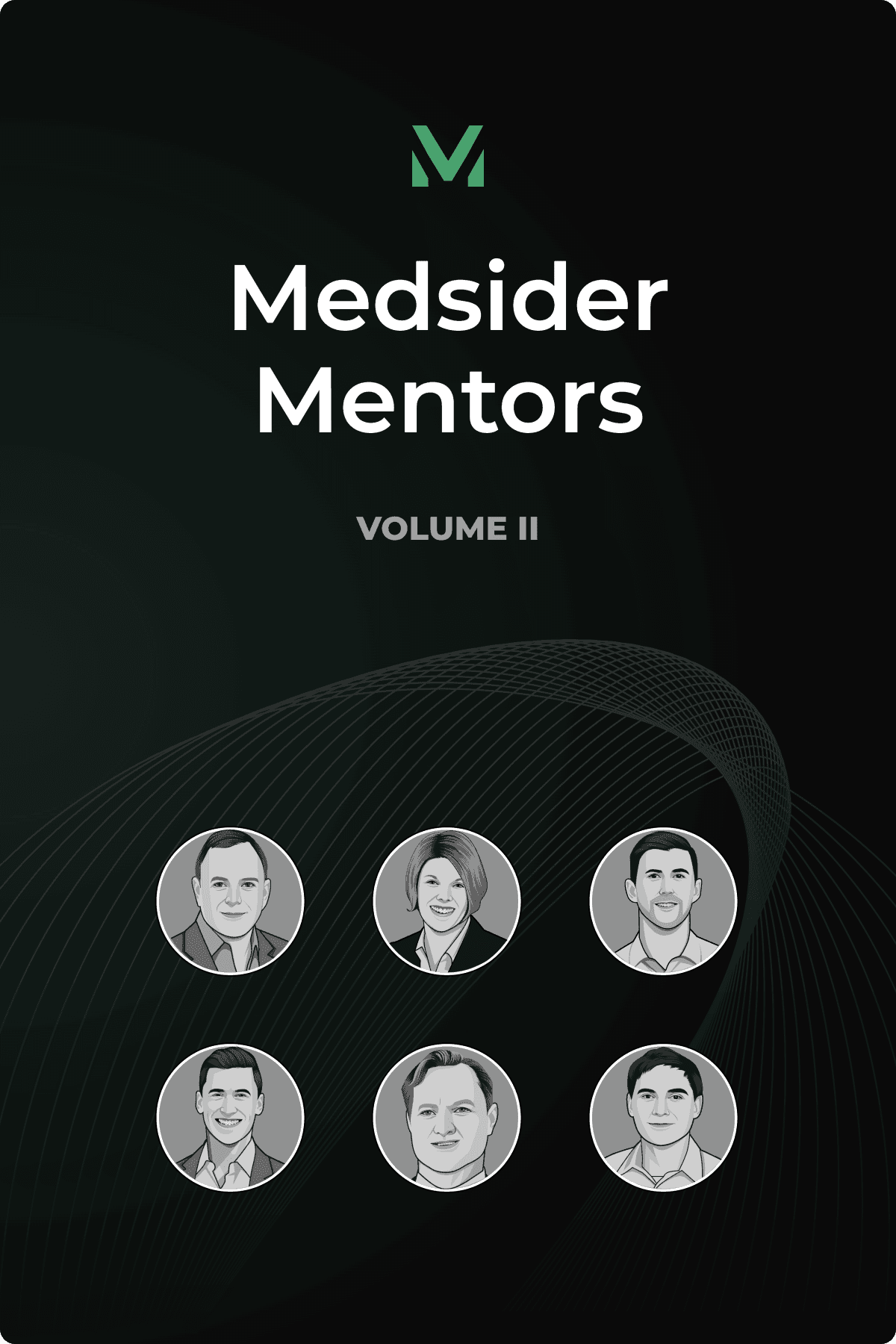Bringing the ENT Clinic to the Community
Interview with Tympa Health CEO Dr. Krishan Ramdoo

From a highly skilled surgeon practicing in the UK's National Health Service (NHS) to an entrepreneur transforming the ear and hearing health sector, Dr. Krishan Ramdoo's journey has been anything but conventional. Today, Dr. Ramdoo is the brains behind the groundbreaking Tympa system, a novel ear and hearing assessment platform making waves on the international healthcare stage.
A native of the UK, Dr. Ramdoo began his medical career in 2009, serving as an ear, nose, and throat (ENT) surgeon for over a decade. He further advanced his proficiency in the field by earning a PhD in ear and hearing health.
His first “aha” moment came early in his medical career when he encountered a 79-year-old lady admitted for an infection in the geriatric ward. Despite treatment, she remained confused and disconnected from society. Upon examining her, Dr. Ramdoo cleared the wax that was built up in her ears and conducted a hearing test, only to discover she had age-related hearing loss.
When Dr. Ramdoo fitted her with a hearing aid, she transformed into a vibrant and engaged individual, planning her 80th birthday with her family. The realization that prompt and simple interventions could drastically improve patient lives ignited the passion for his job even further.
Driven by his dedication to improving patients’ lives, Dr. Ramdoo had a second epiphany when he noticed patients had to wait considerably long periods of time to see healthcare specialists. The equipment was inadequate, and the workforce was underutilized. He realized there was a need for a digital pathway that would bring the ENT clinic to the community; thus, Tympa Health was born. The startup, originally founded in late 2017, has since grown to scale, extending its reach beyond the UK borders.
Tympa Health’s revolutionary device, the Tympa System, is a hardware-software solution that brings ear and hearing clinics to community settings. It empowers healthcare providers like nurses and allied health professionals to conduct comprehensive ear assessments digitally in order to provide more immediate care. By doing so, Tympa makes ear and hearing healthcare more accessible and efficient while also establishing a digital record for each patient.
Tympa Health's mission extends beyond making ear and hearing care more accessible. The company is also dedicated to raising awareness about the growing prevalence of hearing loss. According to Dr. Ramdoo, by 2030, hearing loss is set to overtake diabetes and cataracts in the top ten disease burdens due to the aging population. He adds that hearing loss is the single largest modifiable risk factor for the prevention of dementia, making early detection and intervention crucial.
To date, the Tympa System has been used on more than 250,000 patients in the UK alone and is now seen as the gold standard of ear assessments in community settings. It is used by three of the top five high street audiology practices and more than 100 community pharmacy chains, opticians, and residential homes.
The Tympa System is a Class 1 medical device in the UK, and in the US, it’s FDA-registered as 510(k) exempt. The company has also built what Dr. Ramdoo confidently claims to be "the world's largest bank of ear and hearing healthcare images and videos," which will provide valuable insights in the future. The company is currently in the process of expanding to the US, with two major pilots already underway.
For Dr. Ramdoo, who committed full-time to Tympa Health about three and a half years ago, this is only the beginning. As Tympa Health continues its expansion, there's no doubt that the world will be listening to what Dr. Ramdoo and his team have to say.
Key Learnings From Dr. Ramdoo’s Experience
A problem-solving framework is integral to entrepreneurship. Focus on a patient-centric issue where you can identify a clear gap with the existing technology stack.
Seeking feedback is an important virtue across every function in a startup. However, you don't necessarily have to agree with all of the external input. Balancing feedback with your vision and understanding is vital to making better decisions.
Your ultimate goal is to transform people into believers of your solution, whether they are investors or potential users. One of the best ways to do this is by providing them with something tangible. Showing rather than telling is a much more effective strategy for conversion.
You May Like These Articles
Medsider Premium
Become a premium member and unlock access to exclusive Medsider benefits.



